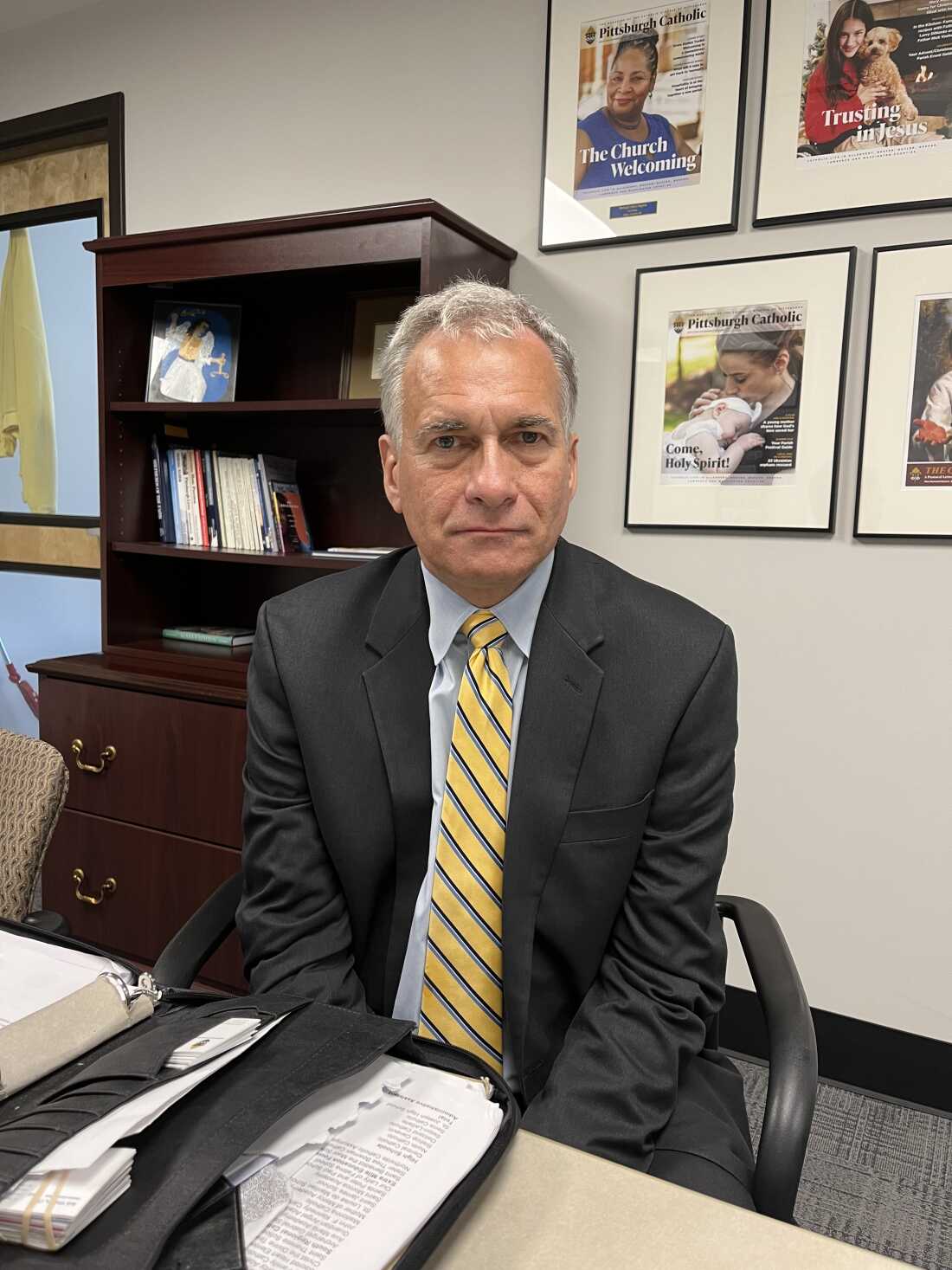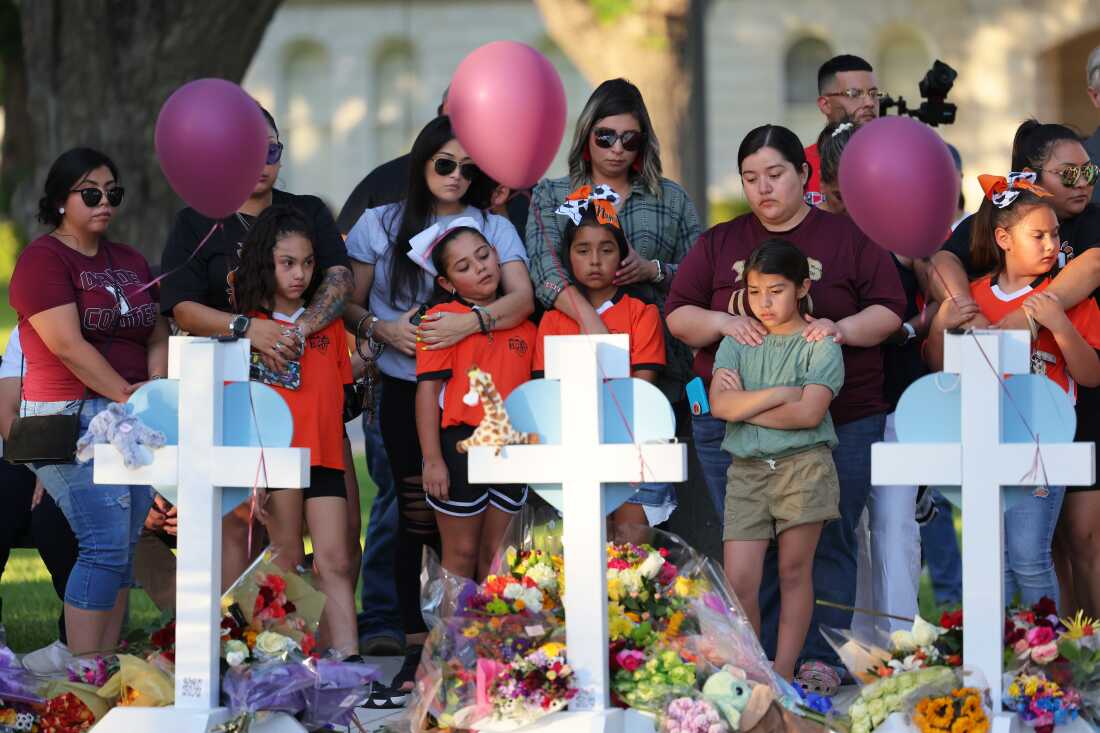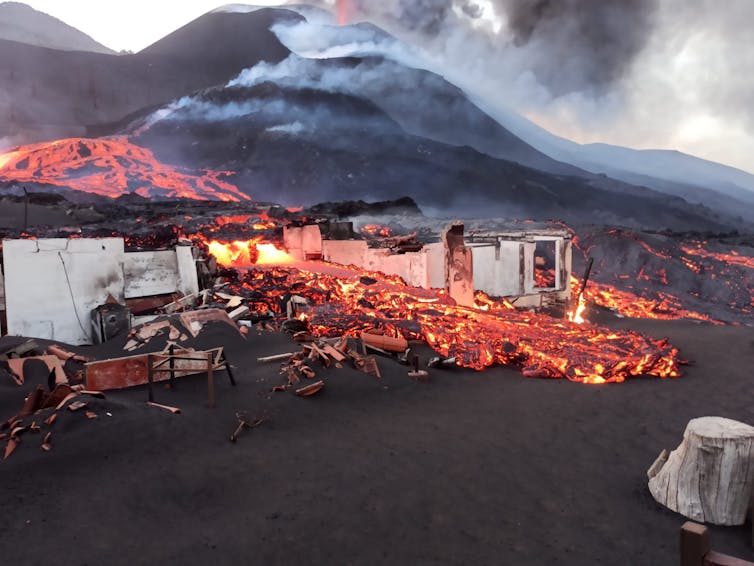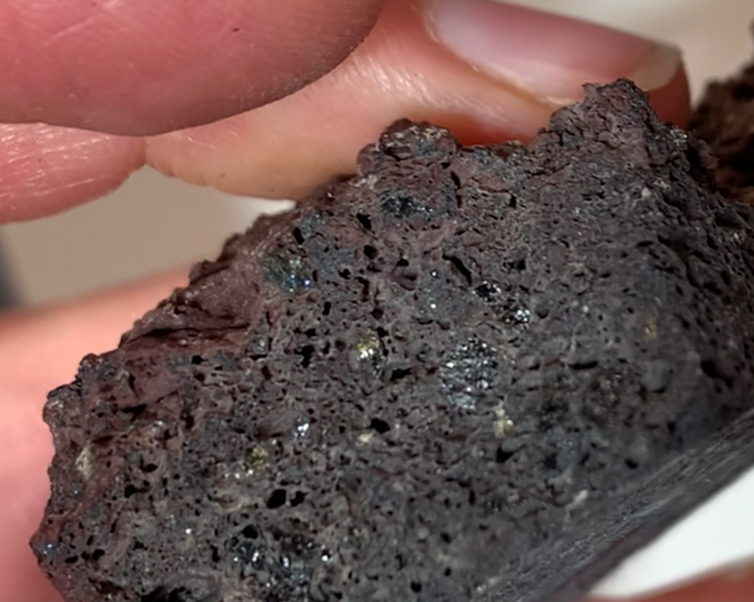Undebatable: What Harris and Trump left unsaid indicts us all
Neither presidential candidate could speak the truth about Israel and Gaza
By Norman Solomon
SALON
Published September 11, 2024 5:45AM (EDT

Kamala Harris won the debate.
The banner headline across the top of the New York Times home page — “Harris Puts Trump on Defensive in Fierce Debate” — was accurate enough. But despite the good news for people understandably eager for Trump to be defeated, the Harris debate performance was a moral and political tragedy.
"An estimated 40,000 Palestinians are dead,” ABC News moderator Linsey Davis said. “Nearly 100 hostages remain. . . . President Biden has not been able to break through the stalemate. How would you do it?”
Vice President Harris replied with her standard wording on the war: “Israel has a right to defend itself. We would. And how it does so matters. Because it is also true far too many innocent Palestinians have been killed. Children, mothers. What we know is that this war must end. It must when, end immediately, and the way it will end is we need a ceasefire deal and we need the hostages out.”
“End immediately”? Anyone who isn’t in fantasyland knows that the only way to soon end the slaughter of Palestinian civilians would be for the U.S. government — the overwhelmingly biggest supplier of Israel’s armaments — to stop sending weapons to Israel.
Meanwhile, a pivot to advocating for a cutoff of weapons to Israel would help Harris win the presidency. After the debate, the Institute for Middle East Understanding pointed out that the need to halt the weapons is not only moral and legal — it’s also smart politics. Polls are clear that most Americans want to stop arming Israel. In swing states, polling has found that a large number of voters say they’d be more likely to cast a ballot for Harris if she would support a halt.
What Kamala Harris and Donald Trump said about Israel and Gaza in their debate was predictable. Even more certain was what they absolutely would not say — with silences speaking loudest of all. “Great is truth, but still greater, from a practical point of view, is silence about truth,” Aldous Huxley wrote, describing “the greatest triumphs of propaganda.”
By coincidence, the debate happened on the same date as the publication of a new afterword about the Gaza war in the paperback edition of my book War Made Invisible. To fill in for the debate’s abysmal silences, here are a few quotes from the afterword about the ongoing carnage:“After the atrocities that Hamas committed on Oct. 7, the U.S. government quickly stepped up military aid to Israel as it implemented atrocities on a much larger scale. In truth, as time went on, the entire Israeli war in Gaza amounted to one gigantic atrocity with uncountable aspects." As with the steady massacres with bombs and bullets in Gaza since early October, “the Israeli-U.S. alliance treated the increasing onset of starvation, dehydration, and fatal disease as a public-relations problem.“In the war zone, eyewitness reporting and photojournalism were severely hindered if not thwarted by the Israeli military, which has a long record of killing journalists.”
That and so much more — left unsaid from the debate stage, dodged in U.S. mass media and evaded from the podiums of power in Washington — indict not only the Israeli government but also the U.S. government as an accomplice to mass murder that has escalated into genocide.
Silence is a blanket that smothers genuine democratic discourse and the outcries of moral voices. Making those voices inaudible is a key goal for the functioning of the warfare state.
Norman Solomon is co-founder of RootsAction and founding director of the Institute for Public Accuracy. He is the author of many books, including "War Made Easy: How Presidents and Pundits Keep Spinning Us to Death." His latest book, "War Made Invisible: How America Hides the Human Toll of Its Military Machine," was published in June 2023 with a new afterword about the Gaza war in autumn 2024.




















